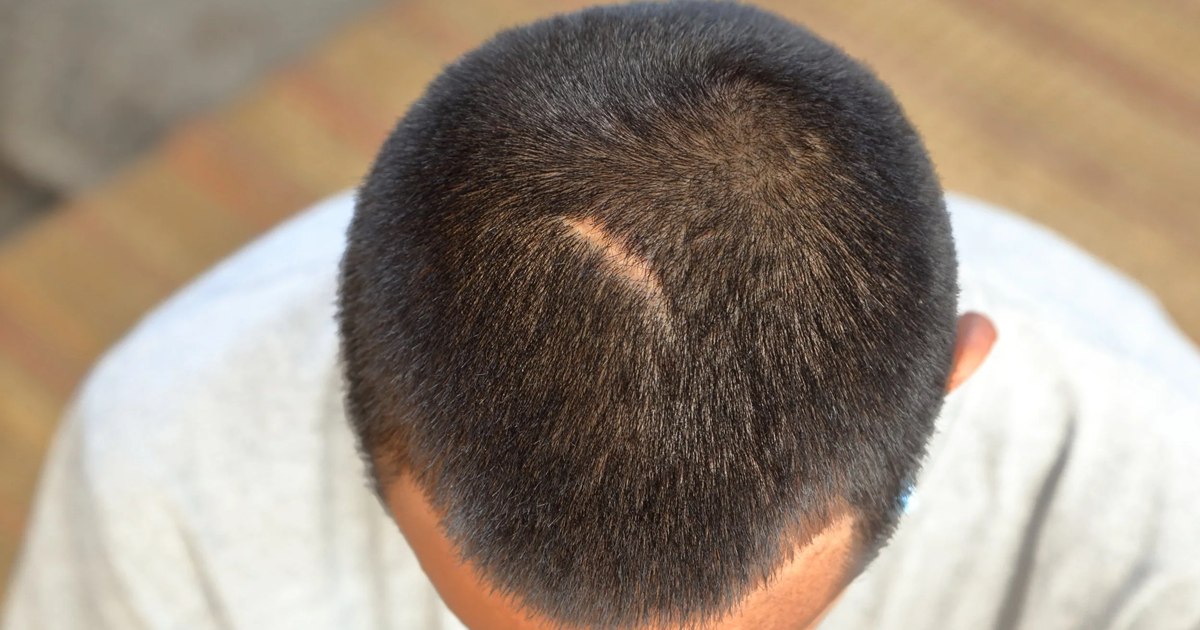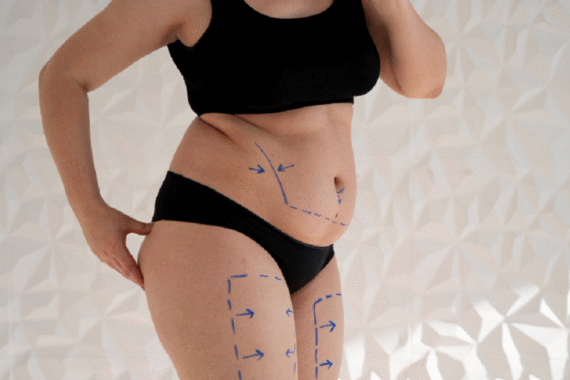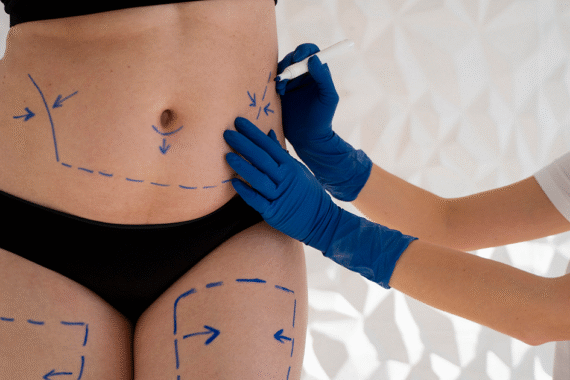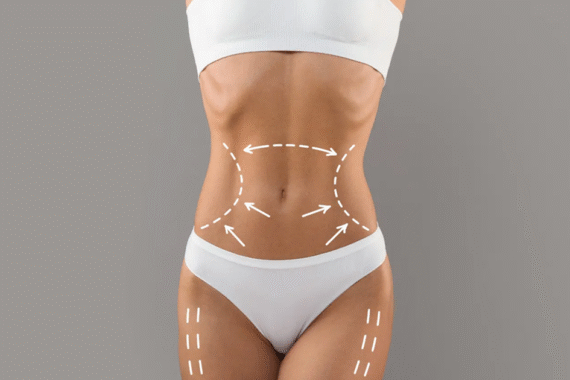Losing hair can be an emotionally challenging experience, affecting confidence and self-image. For those considering a permanent solution, hair transplants often emerge as the most effective option. However, one pressing question lingers in the minds of many: Will it leave visible scars?
The short answer is yes—but here’s the crucial detail: not all scars are the same. Thanks to advancements in medical technology and refined surgical techniques, modern hair transplants leave far less noticeable scarring than they did even a decade ago. In fact, with the right approach, scars can be so minimal that they’re virtually undetectable—even under close inspection.
But how? And what factors determine whether your scars will be visible? Let’s break it down step by step, so you can make an informed decision about your hair restoration journey.
How Hair Transplants Work
Hair transplants involve moving hair follicles from a donor area (usually the back or sides of the scalp) to thinning or balding areas. The two main techniques are:
1. FUT (Follicular Unit Transplantation) – The Strip Method
- A strip of skin is removed from the donor area, and follicles are extracted from it.
- Scarring: Leaves a linear scar (usually hidden under hair, but visible if you shave your head).
- Healing: Stitches are required, and recovery takes about 2 weeks.
2. FUE (Follicular Unit Extraction) – The Punch Method
- Individual follicles are extracted directly from the scalp.
- Scarring: Leaves tiny dot-like scars (less noticeable than FUT).
- Healing: No stitches needed, faster recovery (5–7 days).
Will My Scars Be Visible? The Key Factors That Matter
The visibility of hair transplant scars depends on several important factors. Let’s examine each one in detail so you know exactly what to expect:
1. Technique Used: FUT vs FUE
The method your surgeon chooses makes the biggest difference in scarring:
- FUT: Thin linear scar – visible with very short hair
- FUE: Tiny dot scars – barely noticeable even with short cuts
2. Surgeon’s Skill and Experience
A highly skilled surgeon can mean the difference between noticeable scars and nearly invisible ones:
- Makes cleaner, more precise incisions
- Knows optimal extraction patterns to distribute scars
- Uses advanced closure techniques for FUT
- Selects the right tool size for your hair characteristics
3. Your Natural Hair and Skin Characteristics
Your biology plays a crucial role:
- Hair Density: Thicker donor hair provides better natural coverage
- Hair Texture: Curly hair camouflages scars better than straight hair
- Skin Tone: Scars tend to be less noticeable when skin and hair colour contrast is minimal
- Healing Tendency: Some people naturally heal with less visible scarring
4. Post-Procedure Care Matters
Proper aftercare significantly impacts how scars mature:
- Avoid sun exposure to prevent hyperpigmentation
- Follow wound care instructions precisely
- Don’t smoke – it impairs healing
- Consider scar treatments like silicone gels if needed
Can You Completely Avoid Scarring?
No—all surgical procedures leave some scarring, but advanced methods like:
- Sapphire FUE (finer incisions)
- Robotic FUE (more precise extractions)
How to Minimize Hair Transplant Scars
- Choose the Right Surgeon – Check before/after photos of past patients.
- Opt for FUE if Possible – Best for short hairstyles.
- Follow Aftercare Strictly – Avoid sun, smoking, and scratching.
- Consider SMP (Scalp Micropigmentation) – Camouflages scars with tattoo-like dots.
Final Thoughts:
Hair transplants leave scars, but modern methods make them less visible. FUE leaves tiny dots—great for short hair. FUT has a line scar, easily hidden by longer styles. Pick a skilled surgeon and follow aftercare to minimize scarring. Most scars stay hidden with today’s techniques.












